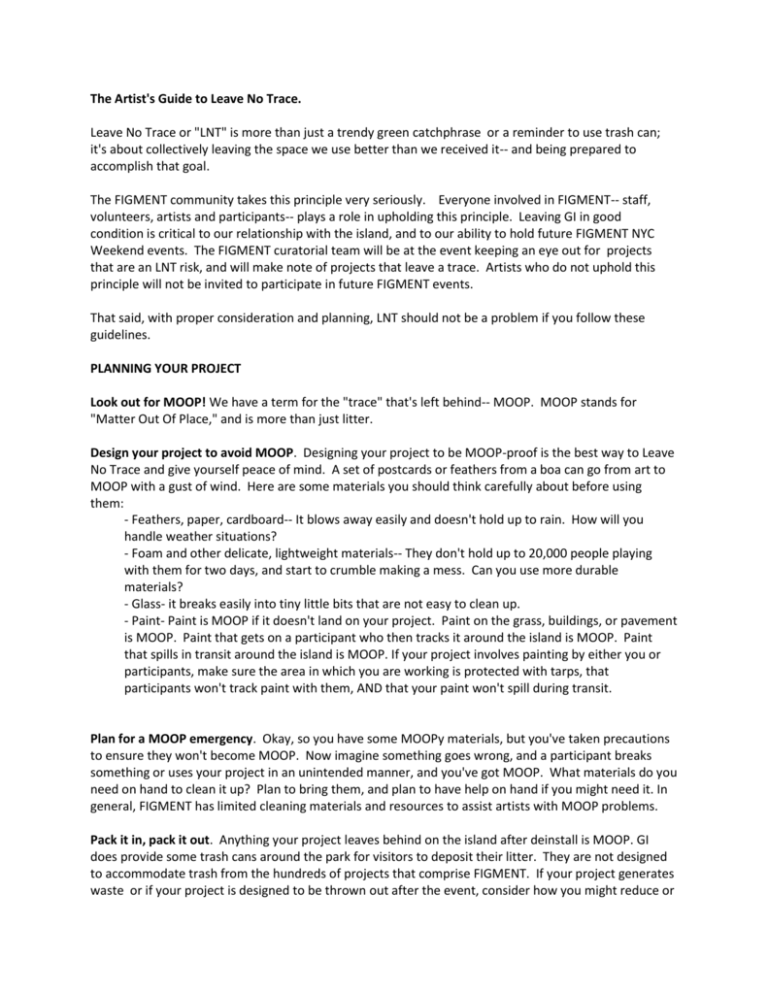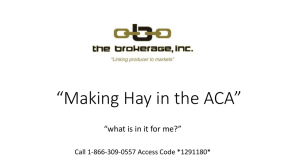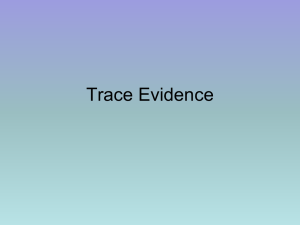The Artist`s Guide to Leave No Trace. Leave No Trace or "LNT" is
advertisement

The Artist's Guide to Leave No Trace. Leave No Trace or "LNT" is more than just a trendy green catchphrase or a reminder to use trash can; it's about collectively leaving the space we use better than we received it-- and being prepared to accomplish that goal. The FIGMENT community takes this principle very seriously. Everyone involved in FIGMENT-- staff, volunteers, artists and participants-- plays a role in upholding this principle. Leaving GI in good condition is critical to our relationship with the island, and to our ability to hold future FIGMENT NYC Weekend events. The FIGMENT curatorial team will be at the event keeping an eye out for projects that are an LNT risk, and will make note of projects that leave a trace. Artists who do not uphold this principle will not be invited to participate in future FIGMENT events. That said, with proper consideration and planning, LNT should not be a problem if you follow these guidelines. PLANNING YOUR PROJECT Look out for MOOP! We have a term for the "trace" that's left behind-- MOOP. MOOP stands for "Matter Out Of Place," and is more than just litter. Design your project to avoid MOOP. Designing your project to be MOOP-proof is the best way to Leave No Trace and give yourself peace of mind. A set of postcards or feathers from a boa can go from art to MOOP with a gust of wind. Here are some materials you should think carefully about before using them: - Feathers, paper, cardboard-- It blows away easily and doesn't hold up to rain. How will you handle weather situations? - Foam and other delicate, lightweight materials-- They don't hold up to 20,000 people playing with them for two days, and start to crumble making a mess. Can you use more durable materials? - Glass- it breaks easily into tiny little bits that are not easy to clean up. - Paint- Paint is MOOP if it doesn't land on your project. Paint on the grass, buildings, or pavement is MOOP. Paint that gets on a participant who then tracks it around the island is MOOP. Paint that spills in transit around the island is MOOP. If your project involves painting by either you or participants, make sure the area in which you are working is protected with tarps, that participants won't track paint with them, AND that your paint won't spill during transit. Plan for a MOOP emergency. Okay, so you have some MOOPy materials, but you've taken precautions to ensure they won't become MOOP. Now imagine something goes wrong, and a participant breaks something or uses your project in an unintended manner, and you've got MOOP. What materials do you need on hand to clean it up? Plan to bring them, and plan to have help on hand if you might need it. In general, FIGMENT has limited cleaning materials and resources to assist artists with MOOP problems. Pack it in, pack it out. Anything your project leaves behind on the island after deinstall is MOOP. GI does provide some trash cans around the park for visitors to deposit their litter. They are not designed to accommodate trash from the hundreds of projects that comprise FIGMENT. If your project generates waste or if your project is designed to be thrown out after the event, consider how you might reduce or eliminate that waste. If you must generate waste, have a plan to pack it out with you. If, for some reason, your project has special disposal needs or you can't take it with you, your curator can work with you on a disposal plan. AT THE EVENT Everyone is responsible for the MOOP around them. When we encounter MOOP, we don't worry about where it came from, we just pick it up. Even if it's a napkin from someone's lunch that blew away in the wind and landed near you, just grab it and put it in the trash. MOOP attracts more MOOP. Perform MOOP sweeps for high-traffic projects and events. If your project is designed to attract and hold a large number of people who stick around for a while-- for example, a DJ, workshop, large participatory event, or large-scale installation-- expect people to leave MOOP behind. You should plan to have your project team sweep your area after an event or throughout the day for MOOP. Have MOOP bags. We recommend you have a plastic bag handy in which to put MOOP that accumulates around your project during install, the event, and deinstall. Have enough bags to hand out to everyone on your team. Don’t let it hit the ground. When you're installing or deinstalling your project, sometimes it's easier to toss parts like nails or bolts on the ground and pick them up later. But that makes them harder to find later, especially in grass. Put down a tarp or have a bucket ready if you have small parts to collect. Do a final MOOP sweep to complete your deinstall. You are responsible for MOOP in the immediate area of your project, regardless of who put it there. Whether it's a nail from your project or a napkin from someone's lunch, please do a MOOP sweep to make sure your project's area is free of MOOP to complete your deinstall.







